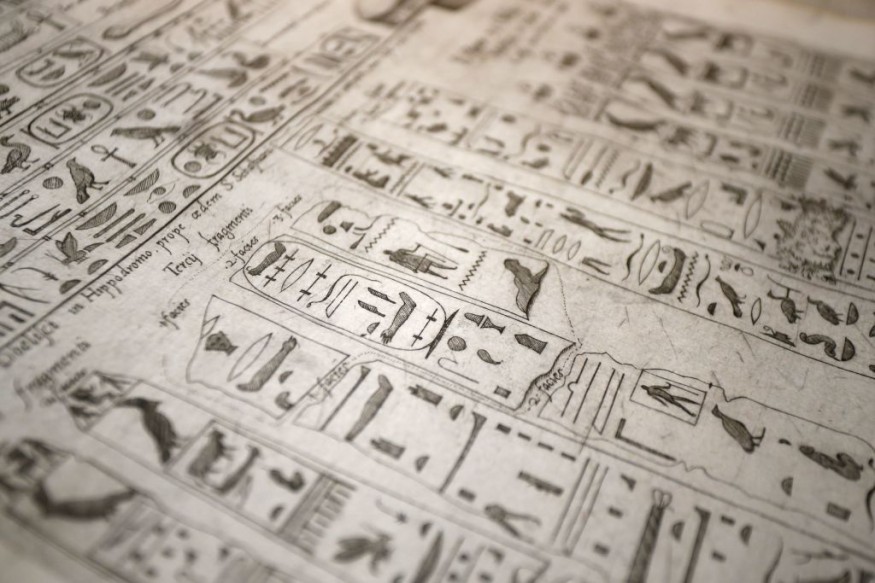Historians recently discovered the greatest set of historical Egyptian 'notepads' discovered since the 20th century.
Experts have classified almost 18,000 written fragments of earthenware from the long-lost metropolis of Athribis in main Egypt, which some appear to originally had authored by pupils.
Discovery of 18,000 Ancient Egyptian 'Notepads'

According to Science Alert, Remains of shattered pots as well as other containers have been used on a regular schedule in Egyptian civilization to specify product recommendations, document transactions, duplicate texts, and educate pupils how to spell and sketch.
The notepads were far more use as they were much affordable and readily available than papyrus. The artifacts of inked ceramics are referred to as the ostraca. Indeed, many of the ostraca discovered at the Athribis ancient temple seem to be leftovers of an old community college.
While Archaeologist of Germany's College of Tübingen, Christian Leitz explained that the notepads seem to be catalogues of periods, statistics, mathematical puzzles, grammatical lessons, and a bird vocabulary, in which every character was allocated a bird which identity starts with that character.
Over a hundredth of the ostraca discovered at Athribis are filled with monotonous calligraphy practices, of the similar letters inscribed all over again, on both sides of the paper. Almost two millennia ago, it appears that bad youngsters were chastised with the famous Bart Simpson penalty.
Nearly majority of the documents discovered are inscribed in Demotic, an institutional language employed throughout the administration of Ptolemy XII who is commonly recognized nowadays as Cleopatra's father, and who governed between 81 to 59 BCE and once more around 55 to 51 BCE.
Athribis was the center of an Egyptian monarchy situated somewhere along Nile River during the period. Despite the fact that Demotic was undoubtedly the most prevalent character at the moment, students were nevertheless educated a reduced form of hieroglyphic writing.
For example, the passage beneath is a classroom piece of the Hieratic script, with each character paired by a related bird.
How Ancient Alphabet Works
The numerous dialects visible on the ostraca of Athribis, such as hieroglyphics, Grecian, Arabian, and Coptic, indicate at the metro's turbulent and varied heritage.
The Coptic character, for example, is a combination of Grecian and Egyptians dialects that is intimately linked with Catholicism. The writing beneath is a Coptic ticket, most likely created in the 6th century when Egypt was conquered by the Romans. Writings regarding ancient times deities started to fall out of popularity with the development of Catholic faith.
An example of a baboon and an ibis, both holy creatures of Thoth, the old Egyptian deity of knowledge, is seen beneath.
Those certain evidence of Roman influence can be found in the broken pieces of earthenware. Following the fall of the Ptolemaic monarchy in the 1st century CE, for instance, the writings began to allude to a series of Ruling dynasties, notably Hadrian who governed throughout 117 and 138 CE, Titus, Nero, Domitian, as well as Vespasian.
Such a huge array of ostraca was only discovered once previously. Historians discovered countless pieces of inscription in the archaeological site of Deir el-Medina, somewhat lower downstream the Nile River, in the earlier of 1900s.
These historical documents, on the other hand, were primarily remarks on healthcare and clinical methodologies. While The ostraca of Athribis, could perhaps explain everyone about ordinary routine from one of the antiquated largest and most influential ancient empires.
© 2025 NatureWorldNews.com All rights reserved. Do not reproduce without permission.





